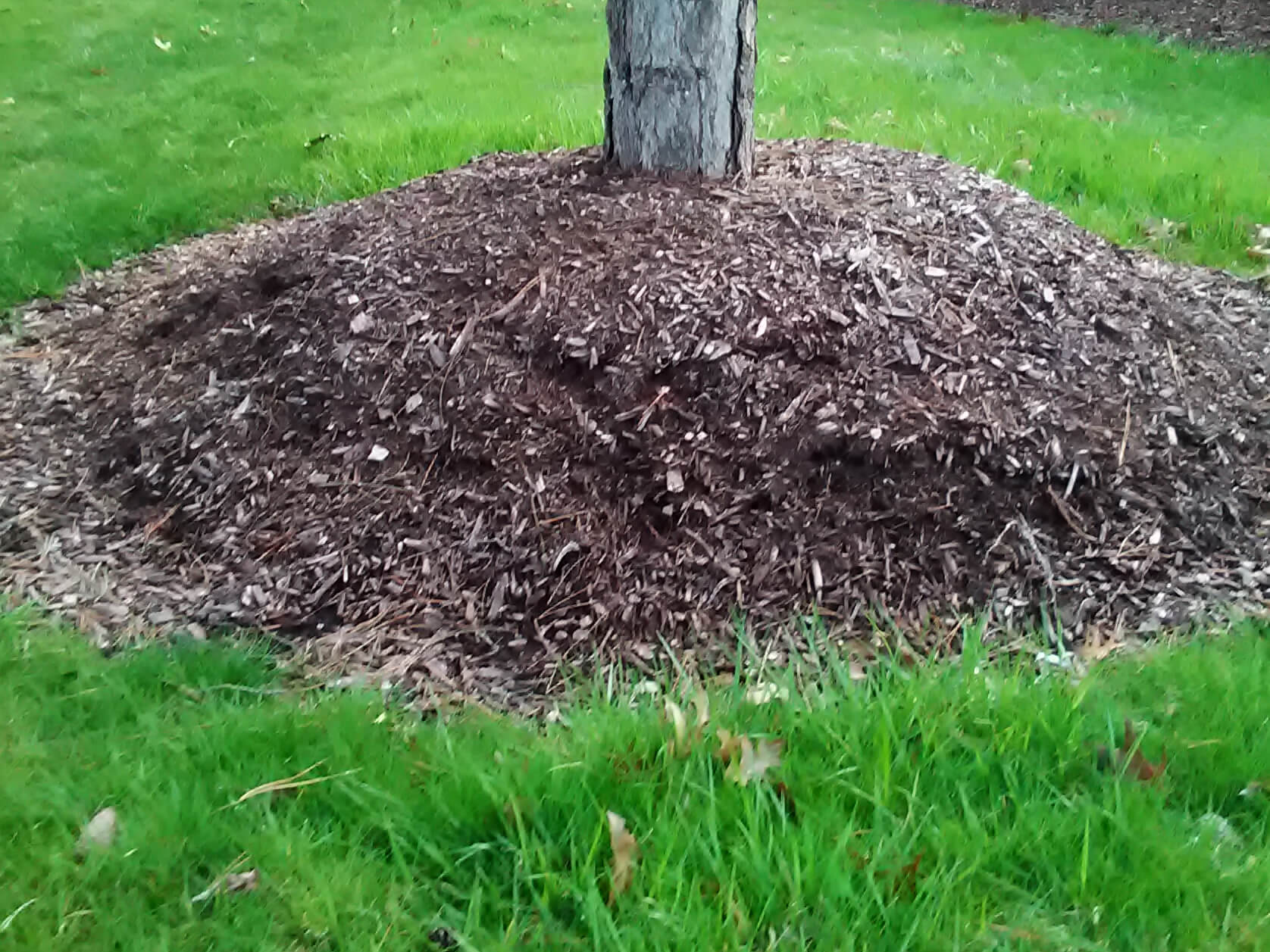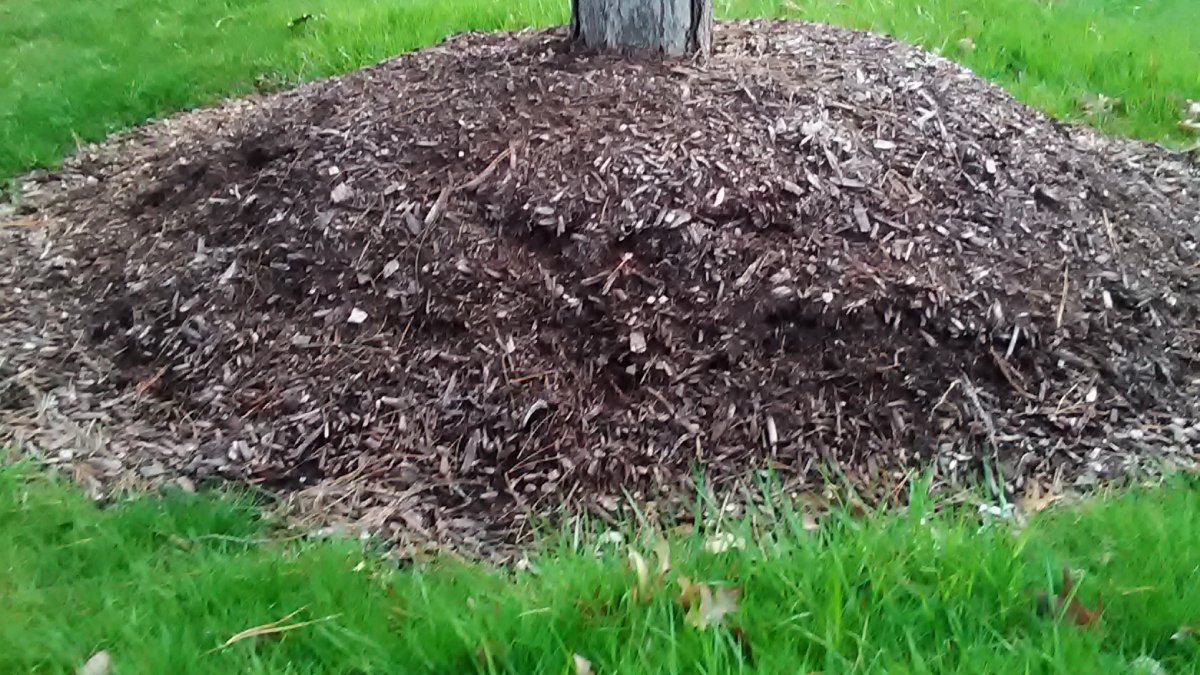
Spring is in the air, and that means it’s time to get outside and start gardening! If you’re new to gardening, you might be feeling a bit overwhelmed. After all, there’s a lot to learn! Fortunately, we’re here to help. In this blog post, we’ll share six tips for avoiding common mistakes that beginner gardeners make. By following these tips, you’ll be well on your way to having a beautiful garden that you can enjoy all season long.
1. Choose The Right Plants For Your Climate
For anyone who has ever killed a plant, you’re not alone. In fact, one of the most common reasons why people kill their plants is because they choose varieties that are not suited to their local climate.
Before you go to the nursery, do some research on which plants will thrive in your area. That way, you can be sure to select ones that have a good chance of surviving the conditions where you live.
The internet is full of helpful gardening guides that will teach you all about gardening. Even better, ask a nursery employee or other gardening expert which plants they recommend for your area.
With a little bit of effort, you can be sure to choose plants that will thrive in your home and provide you with years of enjoyment.
2. Over or Under Watering Them
Over-watering or under-watering your plants is one of the quickest ways to kill them. Be sure to check the soil before watering; if it’s already moist, there’s no need to add more water. Conversely, if the soil is dry, give your plant a thorough drink.
Then, wait a few days and check again before watering again. A general rule of thumb is to water once per week, but this will vary depending on the type of plant and the climate where you live.
Another common practice to check if the soil is dry is to insert a toothpick inside the soil, if it has moist soil attached to it, skip watering that plant and move on to the next.
3. Put Them In The Right Spot
Most people think that all plants need full sun in order to thrive. However, this isn’t necessarily true. In fact, many plants actually prefer partial shade or full shade. When choosing plants for your garden, be sure to read the labels carefully so that you can pick ones that will do well in the light conditions where you want to put them.
Once you’ve selected the right plants, take care when planting them to ensure that they’re getting just the right amount of sunlight. With a little bit of planning, you can offer your plants the best of their needs and enjoy a beautiful garden in return.
4. Give Them Enough Space
Did you know that plant spacing is important for more than just aesthetic reasons? When plants are crowded together, they become more susceptible to disease and pests. This is because there is less air circulation around the plants, which can cause mold and mildew to form.
In addition, crowding can lead to higher levels of humidity, creating an ideal environment for pests such as aphids and whiteflies. To prevent these problems, make sure to give each plant enough room to grow according to its needs.
This may mean spacing out your plants more than what’s recommended on the seed packet; err on the side of caution and give them a little extra space if possible. Once they start getting bigger, you can always thin them out if necessary.
By taking these precautions, you can help ensure that your plants stay healthy and vigorous all season long.
5. Don’t Neglect Them (Or Their Needs)
Gardening requires time and effort if you want your plants to stay healthy and happy. Make sure to check on them regularly, especially in hot weather, to ensure that they’re not wilting or suffering from any problems such as pests or disease.
In order for plants to grow strong and healthy, they need nutrients like nitrogen, phosphorus, and potassium; fertilizers provide these nutrients. Be sure to choose the right fertilizer for your plants and avoid over-fertilizing them.
Over Fertilizing can actually damage your plants, so it’s important to follow the instructions on the fertilizer label carefully. The key is to be proactive; by paying attention to your plant’s needs, you can head off problems before they have a chance to take hold.
6. Losing Patience!
Last but not least, remember that gardening takes time and patience; even experienced gardeners sometimes lose a plant here or there. If one of your plants dies despite your best efforts, don’t get discouraged—just try again next time with a different variety or type of plant
Gardening is a fun and rewarding hobby that anyone can enjoy, but it can be equally challenging and frustrating. However, with these six tips for avoiding common gardening mistakes, you’ll be well on your way to becoming a green thumb in no time! Happy gardening!
Emily Hawthorne
Related posts
Stay connected
- How LoveOn Chat Is Becoming the Most Versatile AI Companion for Digital UsersThe internet keeps shifting toward hyper-personal interaction, and AI companions are at the center of this shift. What used to be simple chatbots are now evolving into emotionally aware, adaptive, and multi-functional digital partners. Among the new generation of platforms, LoveOn Chat is becoming one... The post How LoveOn Chat Is Becoming the Most Versatile […]

